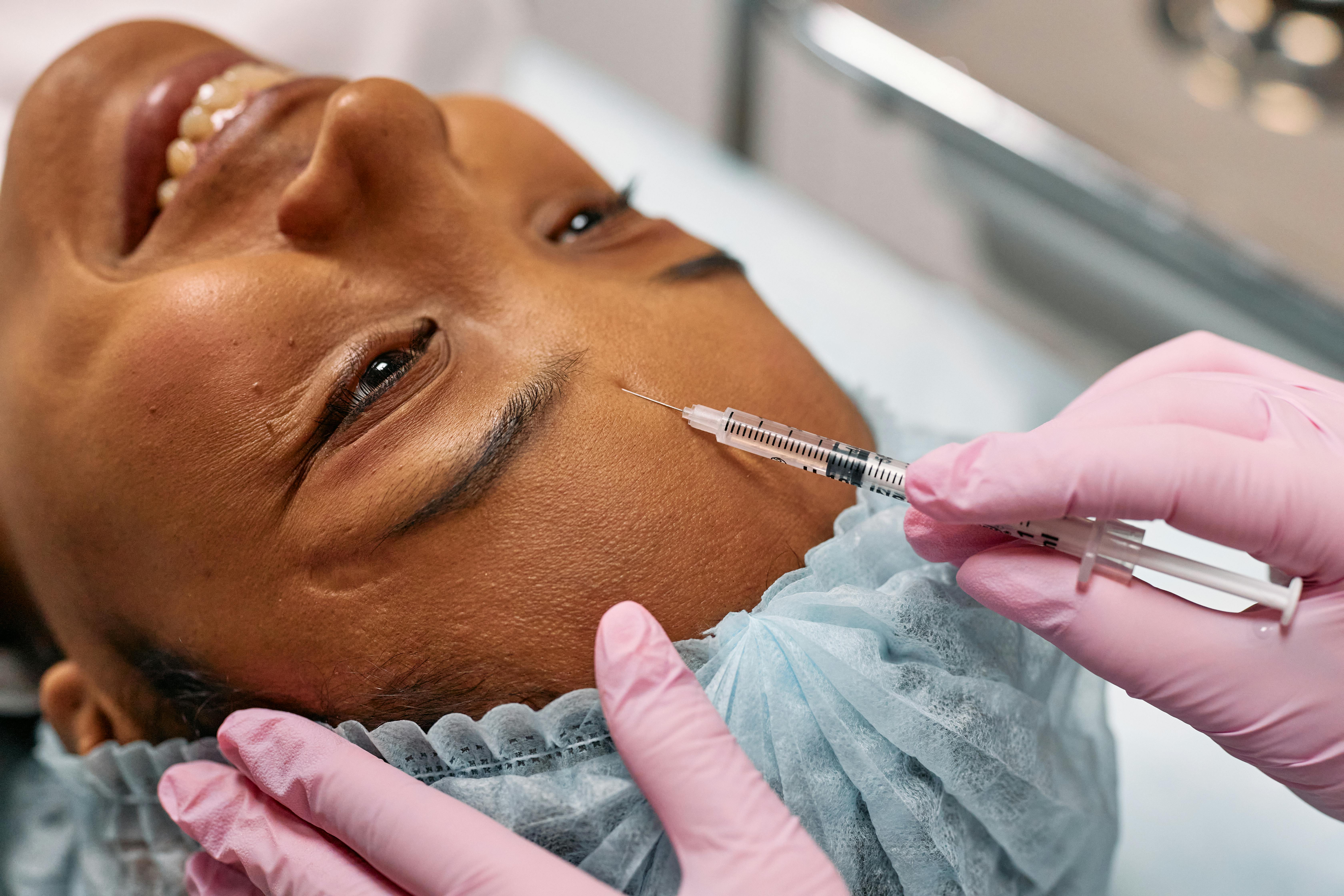Skin Laser Clinic: All About Treatments and Techniques
Skin laser clinics offer innovative treatments to improve skin problems. From wrinkles to scars, discover the diverse options and what you can expect from a treatment. In a world where appearance often plays a major role, skin care is becoming increasingly important.

Understanding The Different Laser Treatments
Laser skin treatments work by delivering focused light energy to target specific skin concerns. Different lasers operate at varying wavelengths, penetration depths, and intensities to address particular issues. The main categories include:
-
Ablative lasers: These include CO2 and Erbium lasers that remove thin layers of skin, stimulating new collagen production for more dramatic results. They’re typically used for more severe wrinkles, scars, and significant sun damage but require longer recovery periods.
-
Non-ablative lasers: These treat the deeper skin layers without damaging the surface, making them ideal for mild to moderate concerns with minimal downtime. Common types include Nd:YAG, pulsed-dye, and certain fractional lasers.
-
Fractional lasers: These create thousands of microscopic treatment zones, leaving surrounding tissue intact for faster healing. They can be either ablative or non-ablative and effectively treat various concerns from texture issues to deep wrinkles.
-
IPL (Intense Pulsed Light): While technically not a laser, IPL devices use broad-spectrum light to target pigmentation, redness, and some hair removal applications with minimal downtime.
Each technology offers unique benefits depending on your skin concerns, skin type, and desired recovery time.
Skin Lasers for Specific Needs
Laser treatments can be customized to address various skin concerns across different skin types and conditions:
For pigmentation issues like sun spots, melasma, and age spots, Q-switched lasers and certain IPL treatments effectively break down excess melanin without damaging surrounding tissue. These typically require multiple sessions spaced several weeks apart for optimal results.
Vascular concerns such as rosacea, spider veins, and broken capillaries respond well to vascular-specific lasers like pulsed-dye or Nd:YAG lasers that target hemoglobin in the blood vessels, causing them to collapse and gradually disappear.
Acne scarring often benefits from fractional CO2 or Er:YAG lasers that promote collagen remodeling in the scar tissue. For active acne, certain blue-light therapies and specialized lasers can reduce bacteria and inflammation.
Skin tightening and wrinkle reduction typically involve collagen-stimulating lasers like Fraxel, Erbium, or radiofrequency-based systems that heat deeper skin layers to trigger the body’s natural healing response.
Hair removal requires lasers designed to target hair follicles, including alexandrite, diode, and Nd:YAG lasers that vary in effectiveness depending on your skin tone and hair color. Multiple sessions are necessary because lasers only affect follicles in the active growth phase.
Preparing for the Treatment Day
Proper preparation significantly impacts both your comfort and results from laser skin treatments. Most clinics will provide detailed instructions, but these general guidelines apply to most procedures:
Avoid sun exposure for at least two weeks before your treatment, as tanned skin increases the risk of complications. Apply broad-spectrum sunscreen with SPF 30+ daily, even on cloudy days.
Discontinue certain skincare ingredients like retinoids, glycolic acid, and other exfoliants 5-7 days before treatment to minimize skin sensitivity. Your provider may recommend specific pre-treatment skincare to optimize results.
Take photos of your skin concerns before treatment to better track your progress over time. This helps both you and your provider assess the effectiveness of your treatment plan.
On treatment day, arrive with clean skin free of makeup, lotions, and creams. Wear comfortable, loose clothing that allows easy access to the treatment area. If you’re concerned about discomfort, ask your provider about topical numbing options or pain management strategies.
Be prepared with information about your medical history, including any medications you’re taking, prior skin treatments, and skin conditions like cold sores, as these factors may influence your treatment approach.
Laser Treatment Types and Average Costs
The cost of laser skin treatments varies significantly depending on the type of procedure, the area being treated, geographic location, and the provider’s experience level. Understanding the general price ranges can help set realistic expectations.
| Treatment Type | Common Applications | Average Cost Range |
|---|---|---|
| Ablative CO2 Laser | Deep wrinkles, severe scars | $1,500-$5,000 per session |
| Fractional Laser | Moderate wrinkles, texture concerns | $900-$1,500 per session |
| Non-ablative Laser | Mild wrinkles, tone improvement | $800-$1,200 per session |
| IPL/Photofacial | Pigmentation, redness | $400-$600 per session |
| Laser Hair Removal | Unwanted hair | $200-$900 per session |
| Vascular Laser | Spider veins, redness | $300-$600 per session |
Prices, rates, or cost estimates mentioned in this article are based on the latest available information but may change over time. Independent research is advised before making financial decisions.
Recovery and Results Expectations
Recovery varies significantly between laser treatments. Non-ablative procedures usually cause minimal downtime—perhaps just a few hours of redness or mild swelling. More intensive ablative treatments may require 1-2 weeks of recovery time with redness, swelling, and peeling.
Most laser treatments deliver progressive results rather than immediate transformation. While some improvements may be visible within days, the most significant changes typically develop over 2-3 months as collagen remodeling occurs. Many treatments require multiple sessions for optimal results, usually spaced 4-6 weeks apart.
Long-term maintenance often includes proper skincare, sun protection, and occasional touch-up treatments to preserve and enhance results. Your provider should discuss realistic outcome expectations and create a personalized treatment plan aligned with your goals, budget, and lifestyle needs.
This article is for informational purposes only and should not be considered medical advice. Please consult a qualified healthcare professional for personalized guidance and treatment.



